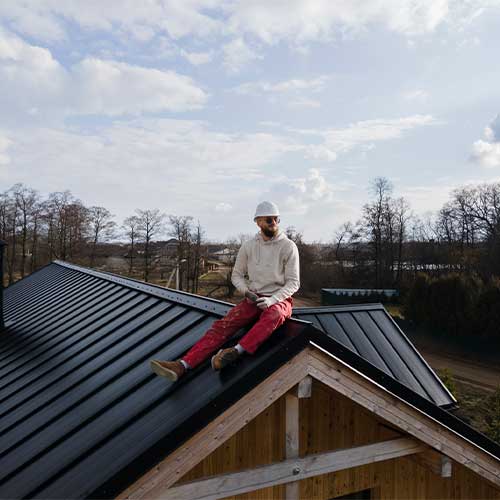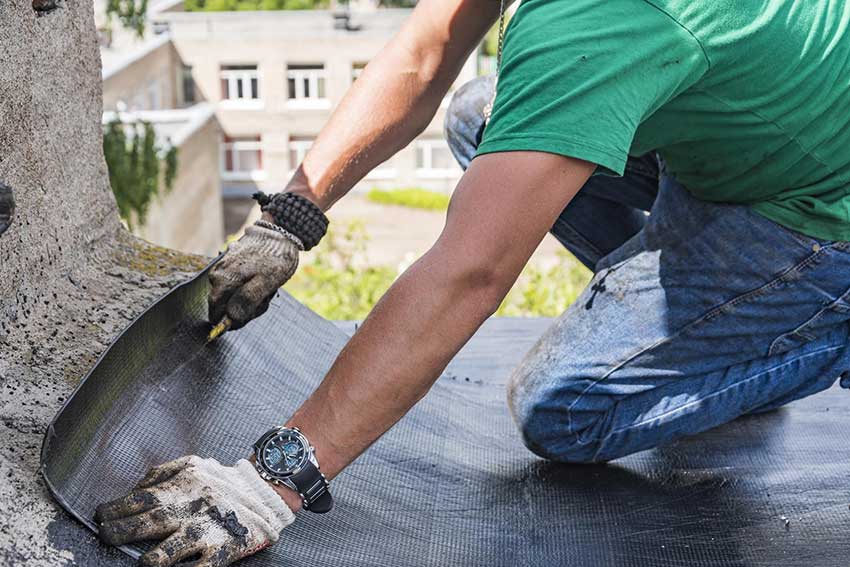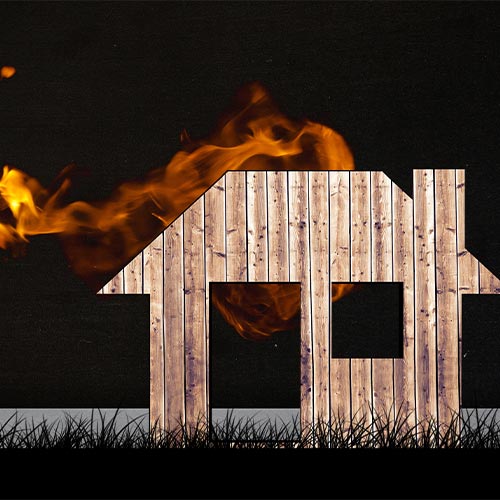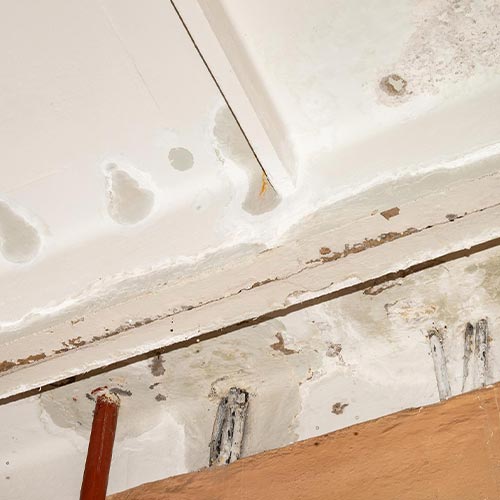How to Stop a Roof Leak Before It Gets Worse
A roof leak is one of the most frustrating issues a homeowner can face. Not only can it damage your ceiling, walls, and insulation, but if ignored, it can also lead to costly structural problems. Understanding how to identify and stop a roof leak early can save you a lot of time, money, and stress.
What many people don’t realize is that a roof leak doesn’t always reveal itself immediately. It can slowly cause mold, rot, and even electrical hazards before any visible signs appear. The moment you notice signs of water damage, it’s critical to act fast. Unfortunately, homeowners often underestimate the seriousness of a roof leak, assuming it’s just a minor drip. But a small leak can become a major problem if left unattended.
Sometimes, the source of the roof leak isn’t even where the water is showing up inside your home. Water can travel across beams and insulation before it becomes visible, which makes finding and fixing the leak a bit tricky. That’s why it’s essential to learn how to spot the early signs and understand the steps you can take to stop the damage from spreading.
This guide will walk you through everything you need to know about dealing with a roof leak, including how to find it, how to fix it temporarily, and when to call in a professional. Whether you’re a DIY enthusiast or just want to understand the process before hiring help, this article will empower you to make informed decisions when a roof leak occurs.
Let’s explore how to stop a roof leak before it gets worse—and keep your home dry, safe, and protected.
Transform Your Space with BUILPIRE – Book Your Consultation Today!
What Causes Roof Leaks?
Understanding the root causes of roof leaks is the first step in prevention. Here are the most common culprits:
1. Broken or Missing Shingles
Shingles are your roof’s first line of defense. When they’re damaged or go missing, water can easily seep through the exposed area.
2. Damaged Flashing
Flashing seals the areas around chimneys, vents, and skylights. If it becomes cracked or loose, it can allow water to enter the home.
3. Clogged Gutters
When gutters are full of debris, rainwater backs up and can seep under your roof’s edge, causing leaks.
4. Poor Roof Installation
Substandard materials or improper installation can leave vulnerabilities in your roof from day one.
5. Aging Roof
No roof lasts forever. As roofing materials age, they become more susceptible to wear and tear, leading to leaks.
How to Identify a Roof Leak
Sometimes a leak is obvious. Other times, it’s hidden. Look for these telltale signs:
-
Water stains on your ceiling or walls
-
Mold or mildew growth in the attic
-
Peeling paint near the roofline
-
Musty odors indoors
-
Visible damage to shingles or flashing
If you’re unsure, inspect your attic during a rainy day. Using a flashlight, look for any drips or wet spots on the beams and insulation.
Temporary Fixes for a Roof Leak
Before a professional can arrive, you may need to apply a temporary fix to prevent further damage.
1. Tarp the Roof
Cover the affected area with a heavy-duty plastic tarp to keep rainwater out. Secure it with nails or roofing tape.
2. Seal the Leak
Use roofing sealant or caulk to cover visible cracks or gaps in shingles, flashing, or vents.
3. Patch the Inside
Place a bucket under indoor drips and poke a small hole in the ceiling to relieve water pressure and prevent widespread damage.
Permanent Solutions for a Roof Leak
While temporary solutions help, a long-term fix is essential. Here are common repairs:
1. Replace Damaged Shingles
If only a few shingles are affected, they can be individually removed and replaced.
2. Re-seal Flashing and Joints
Applying a waterproof sealant or replacing flashing altogether can stop leaks at roof junctions.
3. Re-roofing
If your roof is old or severely damaged, a full replacement may be the best course of action.
4. Gutter Maintenance
Keep gutters clean and properly aligned to direct water away from the roof.
When to Call a Professional
You should hire a professional roofing contractor if:
-
The roof leak is persistent or worsening
-
You can’t safely access your roof
-
Structural damage is suspected
-
You’ve attempted temporary fixes with no success
An expert can assess the full extent of the damage and recommend lasting solutions.
Preventing Future Roof Leaks
Avoiding future issues is all about regular maintenance:
-
Inspect your roof twice a year and after storms
-
Clean gutters regularly
-
Trim nearby trees that could damage shingles
-
Check attic ventilation to prevent moisture buildup
-
Invest in a roof inspection from a licensed contractor
Being proactive is your best defense against a costly roof leak down the line.
Trust the Experts at Builpire
If you’re dealing with a roof leak or considering a full home renovation, Builpire is here to help. As a trusted leader in home remodeling and interior design, Builpire offers professional solutions tailored to your needs. From roofing repairs to stunning interior makeovers, their expert team ensures quality craftsmanship and peace of mind. Don’t let a roof leak turn into a nightmare—partner with Builpire to protect and beautify your home.
For more ideas and guidance, follow us on Instagram.
Frequently Asked Questions About Roof Leaks
1. What is the most common cause of a roof leak?
The most common cause is damaged or missing shingles, often due to weather, aging, or improper installation. Water easily penetrates through exposed areas, especially during heavy rain or snow.
2. How much does it cost to repair a roof leak?
Costs vary depending on the extent of the damage, but minor repairs might range from $150 to $400, while more serious issues can cost $1,000 or more. A full roof replacement can cost several thousand dollars.
3. Can I fix a roof leak myself?
Yes, small leaks can often be patched temporarily with roofing sealant or tarps. However, for lasting repairs or if the leak source is unclear, it’s best to hire a professional roofer.
4. How do I find the exact source of a roof leak?
Start by checking the attic during a rainstorm with a flashlight. Follow water trails or stains to the highest point of moisture—this is usually near the leak’s origin. Keep in mind water may travel from the entry point before becoming visible.
5. How can I prevent roof leaks during winter?
Make sure your attic is properly insulated to prevent ice dams, clean your gutters before snowfall, and check your roof after storms. Removing heavy snow from the roof can also help reduce the risk.





